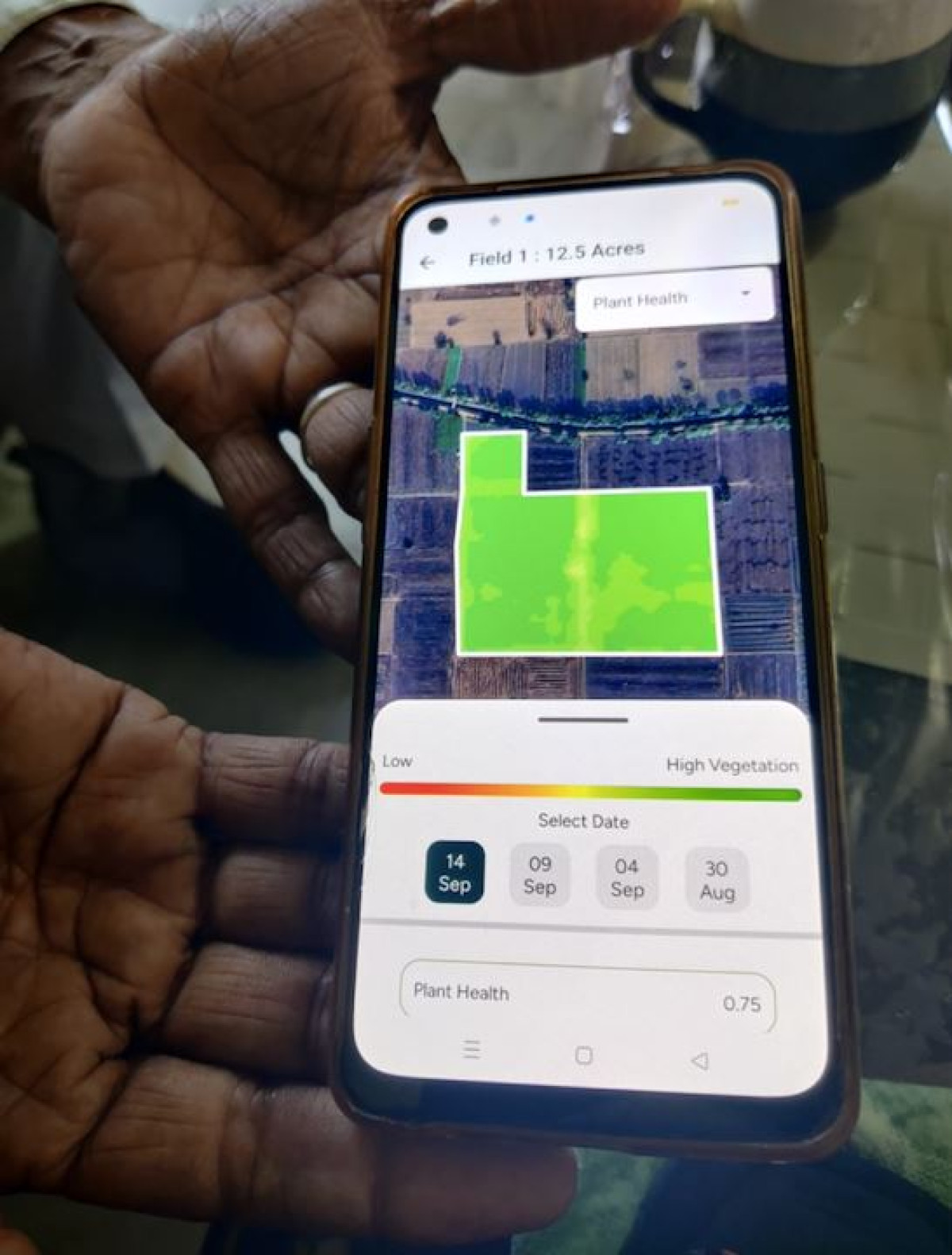Who reaps the benefits of soil carbon credits? A cross-border reporting collaboration
What was your biggest challenge working on this project? How did you overcome this?
Ankita: The topic we were exploring was quite new. There was not a lot of already available work we could build on.
We went through a lot of existing literature and spoke to many experts to weave together the premise we didn't already have. This meant that a lot of this research had to be treated as ‘background’, and we could not directly use all or most of it in the writing but it helped build our own understanding before we could explain this complex topic to our audience.”
What was your biggest ‘aha’ moment?
Isabel: “The realisation that the generation of soil carbon credits depends on and contributes to a much wider issue: the digitalisation of farming. We touched on some of the possible implications of big tech’s growing involvement in agriculture but there is much more to be researched and written on this topic.”
"We touched on some of the possible implications of big tech’s growing involvement in agriculture but there is much more to be researched and written on this topic."
How did working in cross-border collaboration deepen your understanding of your subject?
Ankita: “Isabel brought into the story a broader, global perspective. Without those interviews and the research, the story would have stayed local and won't have reached an international audience.”
Isabel: “Ankita had lots of background understanding of the issues affecting farmers in India so, as a journalist based in London, I was able to learn a lot from her as we worked on this story together.”
How did you coordinate teamwork while based in different countries? Do you have any tips for other journalists?
Ankita: “We were very respectful of each other's time and time zones. Isabel and I used to alert each other if we were planning to be away for some time. For many of the interviews, we also went the divide-and-conquer way. We interviewed some of our sources in our respective time zones separately and then share notes and transcripts.”
Isabel: “We did interviews and research in between our other work and had regular catch-up meetings. In the end, it worked very well.”
Ankita: “You have to stick together as a team all the way through, so before diving straight into the investigation, make time to know each other better. Learn about each other's schedules, preferred way of working, non-negotiables, and particular areas of interest related to the story.”
Published pieces
Read Ankita and Isabel's reporting on Boomitra and the effects on Indian farmers here:
"Can soil carbon credits benefit farmers and help the climate?"
Published by Energy Monitor and Just Food


